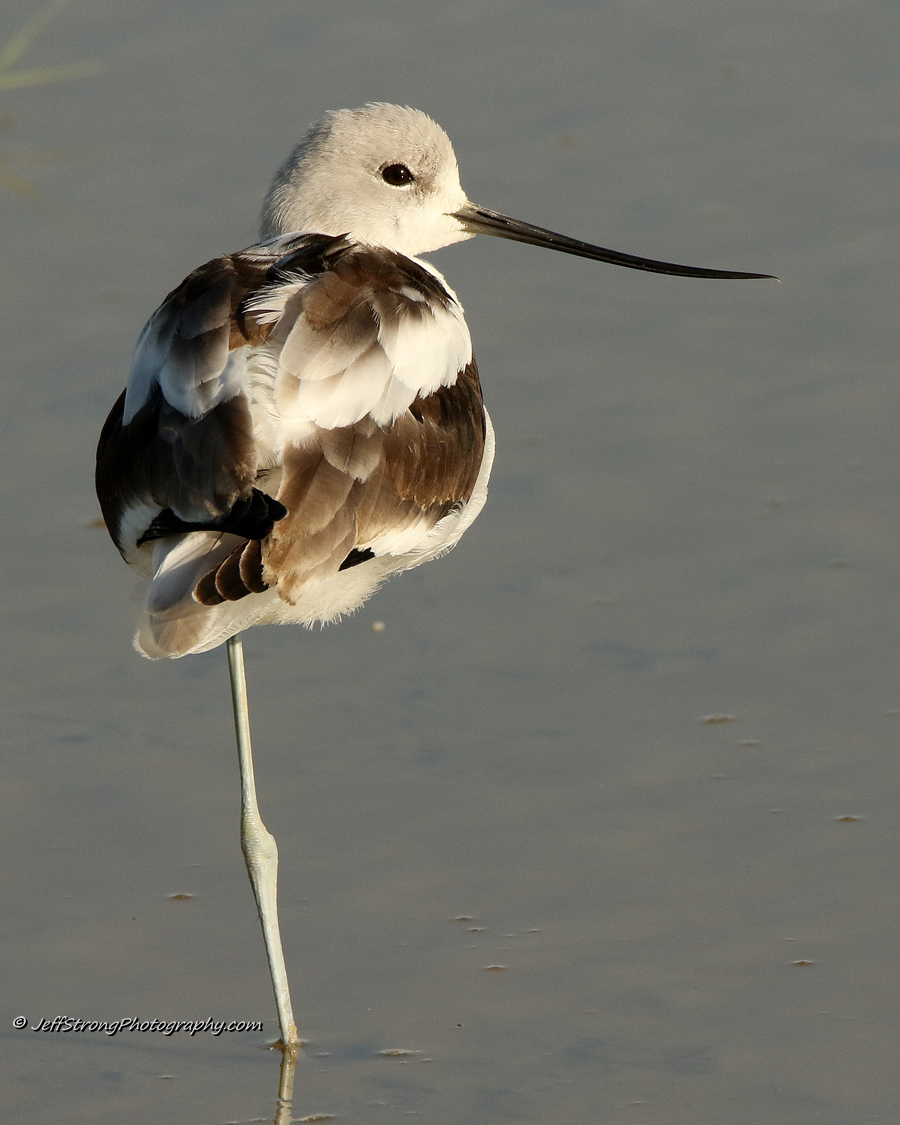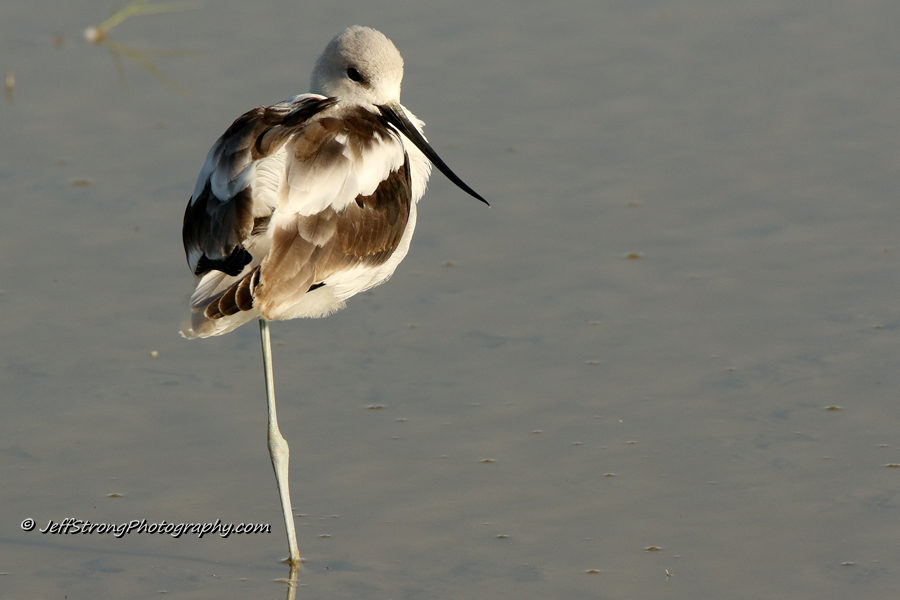It is still a little early in the year to expect to see the American avocet in northern Utah on the Bear River Migratory Bird Refuge but, however, I am anxiously awaiting their inevitable return.
One of the most exciting moments for me each spring is when I see my first American avocet of the year on the refuge. They are fascinating birds, very quirky and highly animated during breeding season as they squabble and fight over their small patch of marshy real estate.
Each year thousands of American avocets migrate back to the Bear River Migratory Bird Refuge and the adjoining Great Salt Lake ecosystem to breed and rest for the summer months.
They arrive in their breeding attire, cream-colored heads, and neck, after spending the winter in a much more subdued black and white outfit, as shown in the accompanying pictures.
I truly enjoy watching avocets as much as I enjoy photographing them. The refuge auto tour route is the best place I have found to find, observe, and photograph the avocet.

The Bear River Migratory Bird Refuge is a critical part of the American avocet’s success here in the western United States. So much so, the avocet is listed as a priority species for the refuge and ranked first on their priority list.
This means part of the refuge is managed with the American avocet in mind with how water and vegetation are managed and controlled.
Shallow ponds are the best-suited habitat for the American avocet because of the tiny creatures the avocet eats that live in or near the shallow water.
What Does The American Avocet Eat?
The American avocet diet includes midge larvae, small crustaceans, and other aquatic insects. If you have ever seen an avocet feeding, you know they spend a lot of time wading these shallow ponds, poking their long beaks in the water in search of these aquatic creatures.

The American avocet is an easy bird to find on the Bear River Migratory Bird Refuge during summer. You can often find newly hatched chicks following their parents around as they learn the ropes about life on the refuge.
Look for shallow waters and mudflats on the refuge. Find them and you will most likely find avocets nearby. From my observations, they prefer open areas with little vegetation with water a couple of inches deep.

Photographing and observing them is quite easy. They aren’t typically afraid of onlookers as long as a proper distance is kept. I have actually been as close as 50 feet away from avocets when photographing them by myself.
Avocets don’t seem to mind a small but quiet audience as long as they feel safe. I prefer to use my truck as a kind of photography blind as many of the places avocets may be spotted on the refuge are quite close to the auto tour route. I find this makes it easy and comfortable to watch avocets during the summer months when it can be a little hot.
If you’re a bird watcher, I would suggest making plans this summer and come visit the Bear River Migratory Bird Refuge and be entertained by the quirky antics of the American avocet. The refuge is also home to numerous other species of birds, so there is always something to see on the bird refuge.
Subscribe to our blog
We appreciate your readership and suggest if you like this blog to head over to our subscription page and sign up for email notifications for future blog posts.





